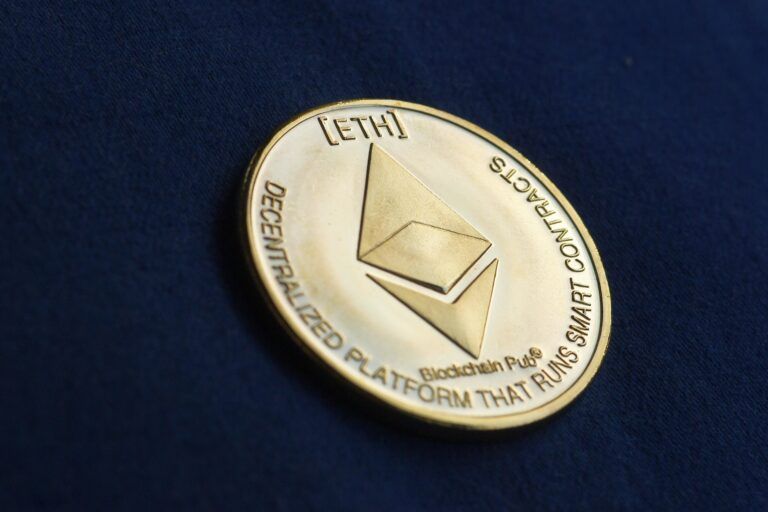Consensys says it has actively participated in the ongoing discourse regarding the potential listing and trading of the iShares Ethereum Trust on Nasdaq. This initiative is currently under the Securities and Exchange Commission’s (SEC) review, which specifically called for public commentary concerning Nasdaq’s application. Consensys’s engagement comes in response to the SEC’s inquiry about Ethereum’s unique attributes, mainly focusing on aspects such as its proof of stake (PoS) consensus mechanism and the concentration of control, which could potentially impact its vulnerability to fraud and manipulation.
Consensys plays a pivotal role within the blockchain and cryptocurrency ecosystem, primarily as a software development and infrastructure company focused on the Ethereum blockchain. It serves as a vital hub for building and deploying decentralized applications (dApps) on Ethereum. The company’s product suite aims to simplify the process for both developers and end-users engaging with decentralized technologies.
One of Consensys’ flagship products is MetaMask, a popular digital wallet enabling users to manage Ethereum-based assets and interact with a wide range of dApps. Additionally, Consensys offers infrastructure solutions like Infura, which simplifies developers’ connection to the Ethereum network. The company is also involved in Ethereum staking services, security audits, and comprehensive enterprise blockchain solutions.
In its detailed public comment letter to the SEC, Consensys highlighted Ethereum’s PoS model, underscoring its robust anti-fraud and anti-manipulation features. They pointed out that Ethereum’s shift to PoS has enabled faster block finality, ensuring transactions are confirmed more quickly and securely compared to Bitcoin’s proof of work (PoW) system.
Consensys further elaborated on the decentralized and randomized validation process integral to Ethereum’s architecture. This design prevents any single entity from exerting undue influence or control, thereby safeguarding against manipulation. They stressed the high cost associated with launching an attack on Ethereum’s network, which, due to its Byzantine fault tolerance, is significantly more prohibitive than for networks like Bitcoin.
The response from Consensys to the SEC also emphasized the slashing penalties mechanism within Ethereum’s PoS. This serves as a deterrent against violations of the protocol, penalizing offenders by reducing their stake, contrasting with Bitcoin’s reliance on the costs associated with equipment and electricity to discourage nefarious activities.
Additionally, Consensys noted the environmental benefits of Ethereum’s PoS mechanism, which considerably reduces the energy consumption associated with maintaining the network, especially when compared to Bitcoin’s PoW. This advantage aligns with broader concerns about sustainability in the digital asset space.
The submission to the SEC also touched upon the strength of Ethereum’s decentralized community. With a developer base larger than Bitcoin’s, along with the diversity of its software clients, Consensys argues that Ethereum presents a robust defence against potential attacks and claims that the transparency and openness of Ethereum’s development process further enhance its security, allowing for extensive monitoring and public participation.
Featured Image via Pixabay
Read the full article here

